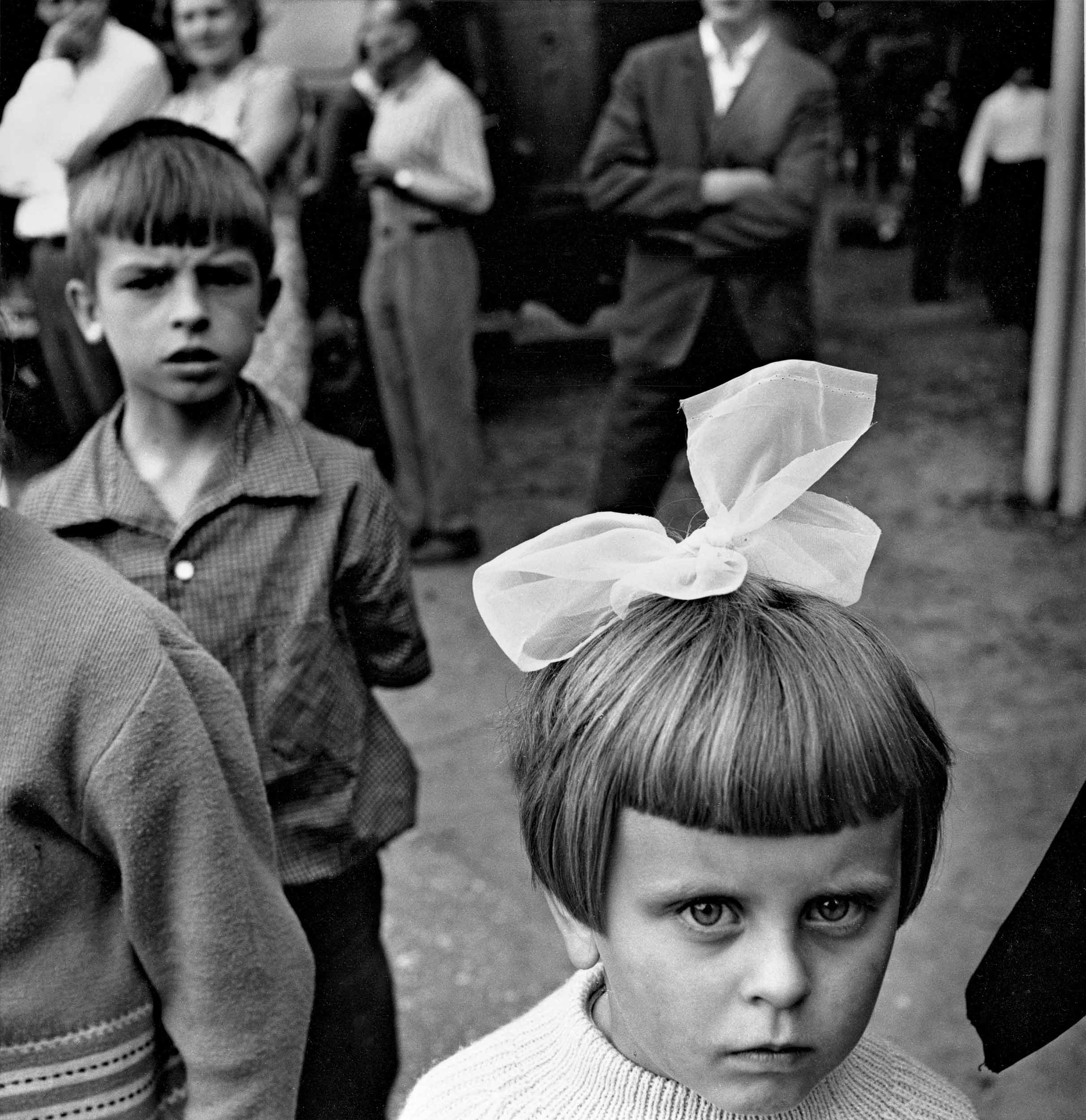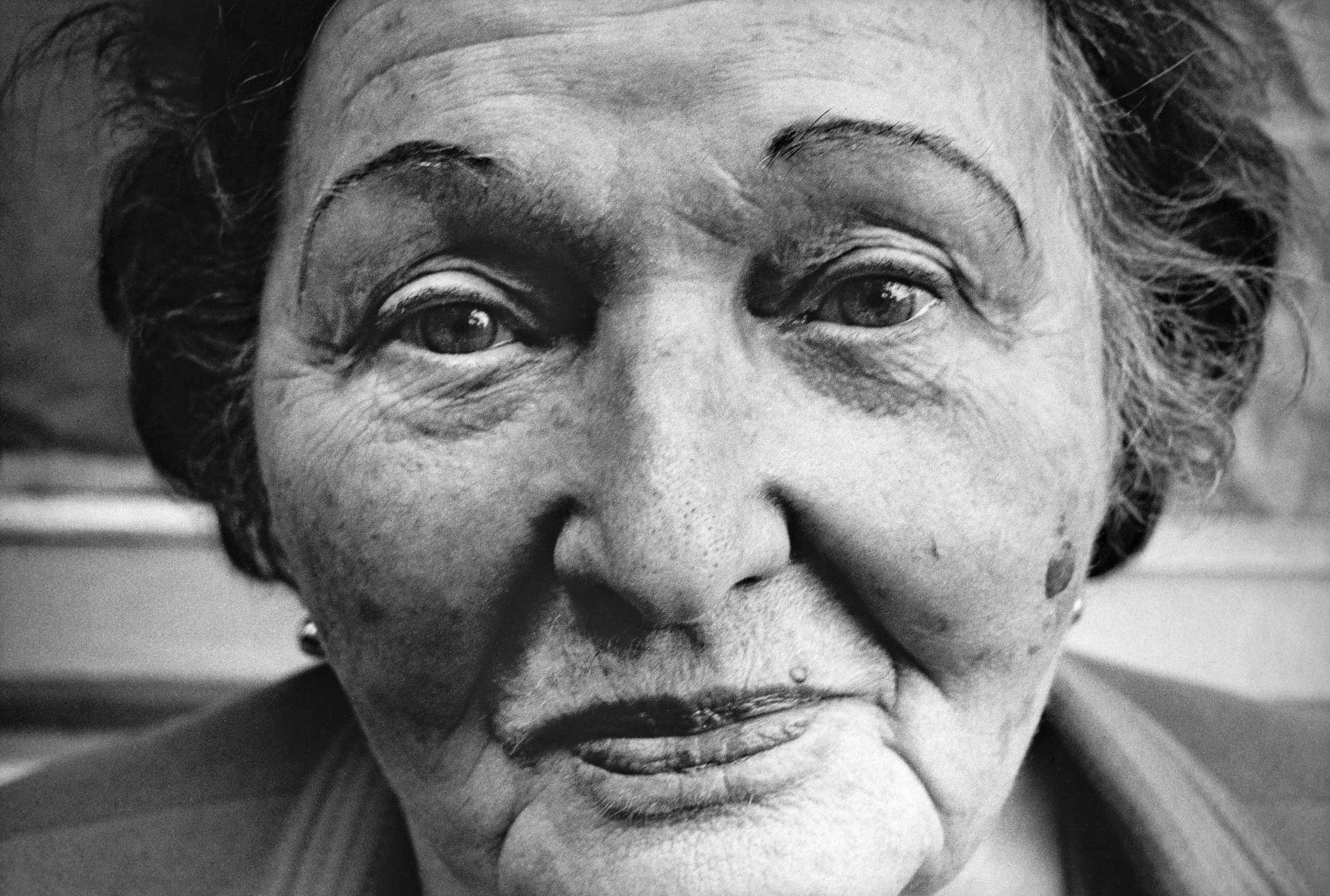The photographer's decades-long practice is rooted in observation, capturing small pleasures, nuanced expressions of identity, and undoctored instances of emotion
For some six decades, Antanas Sutkus has been photographing people on the streets of Lithuania. He was only 20 when he first started shooting in Vilnius in 1959, then the capital of the Soviet Socialist Republic of Lithuania. The images he makes are textured—both in the rich whites, blacks, and grays they are composed of, and in the types of lives they depict, rendering the complexity of the ordinary people he encounters wandering the city. Even amid the Soviet occupation that rendered his home country restricted, Sutkus found life.
The photographer’s latest book, Street Life is his fourth with Steidl, each of which depicts the Lithuanian people’s subtle and sometimes subconscious assertions of self. His first book, Planet Lithuania (2018), is a record of that spirit, and of the ways in which it’s endured over time. Pro Memoria (2020) collects Sutkus’s photographs of the Kaunas Jews who had escaped death in concentration camps—a penitent and forward-looking perspective of a dark period in Lithuania’s history. Children (2021) details Sutkus’s longstanding fascination with one of his most beloved subjects, and the complexities of their lives; “children live in a different world,” he once mused. “Sometimes I succeeded in showing that world.”
Though his lens is distinctly empathetic, it’s documentary photography that drives the artist. Born from disillusionment with the propaganda distributed by Soviet-controlled press, his practice treats the camera as “a weapon for the underground.” With this weapon, Sutkus found otherwise-unseen freedoms Lithuanian people clung to—small pleasures, nuanced expressions of identity, undoctored instances of emotion.
Street Life portraits not only a place, but also Sutkus himself, who’s framed as a flaneur more so than a photographer, the humanism characteristic to his images attributed to his ability to observe rather than angle—to find smiles rather than force them.
“Sutkus found otherwise-unseen freedoms Lithuanian people clung to—small pleasures, nuanced expressions of identity, undoctored instances of emotion.”
An image has the potential to reframe histories, to give new context to inaccessible realities. Though Sutkus and his subjects outlived the occupation their images quietly undermined, the photographer’s philosophies remained. Street Life is the manifestation of those philosophies—an ode to the islands of individuality he found hope in.
Said Sutkus, in the book’s introduction, on what exactly it was that he set out to capture: “What I really loved was life.”





























